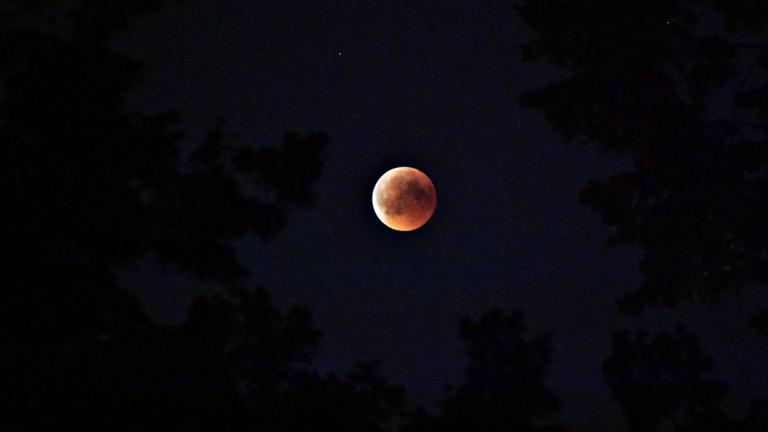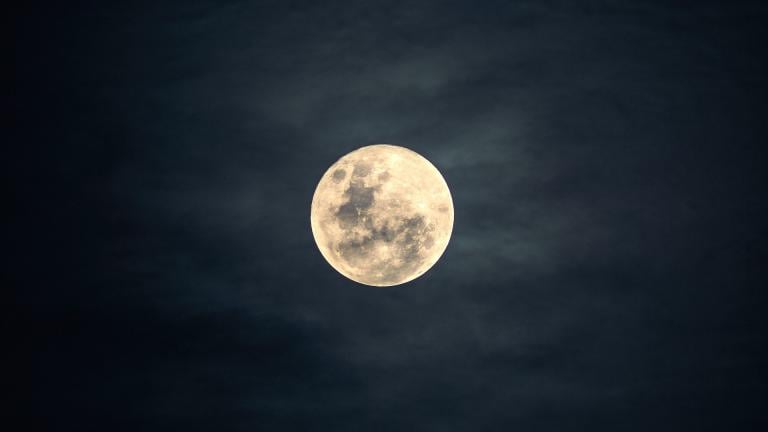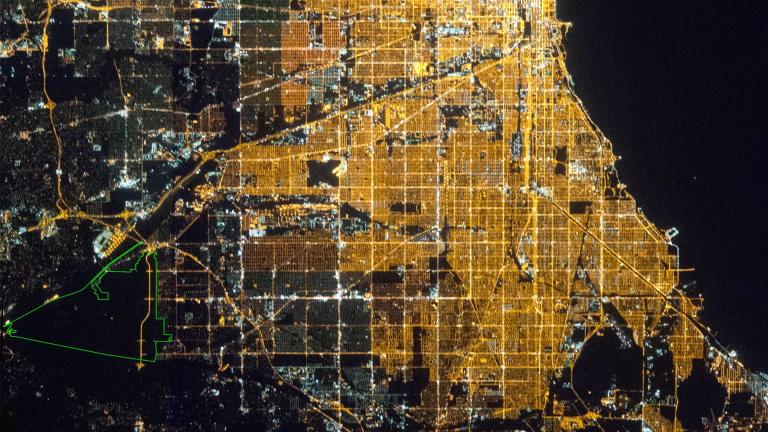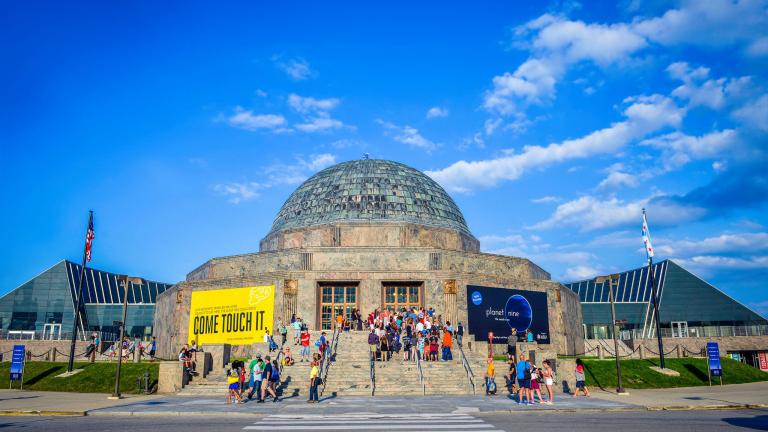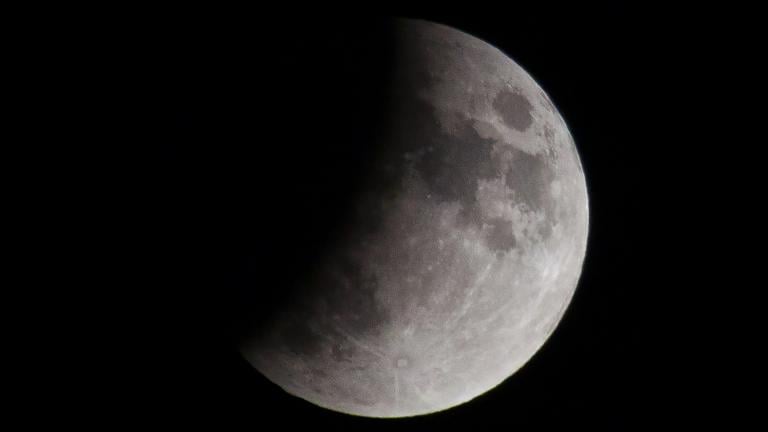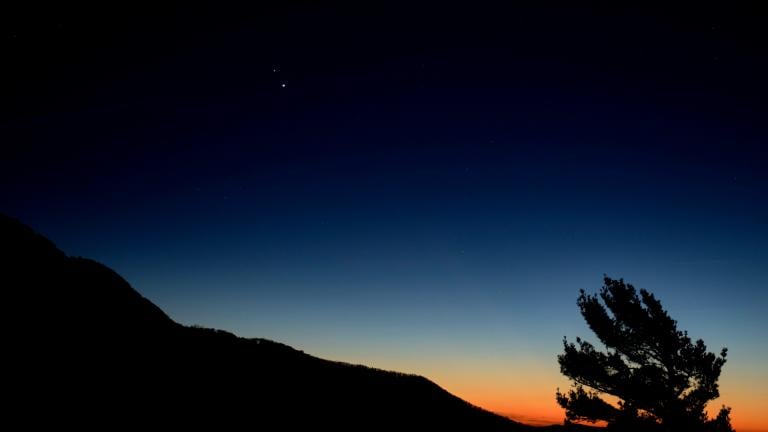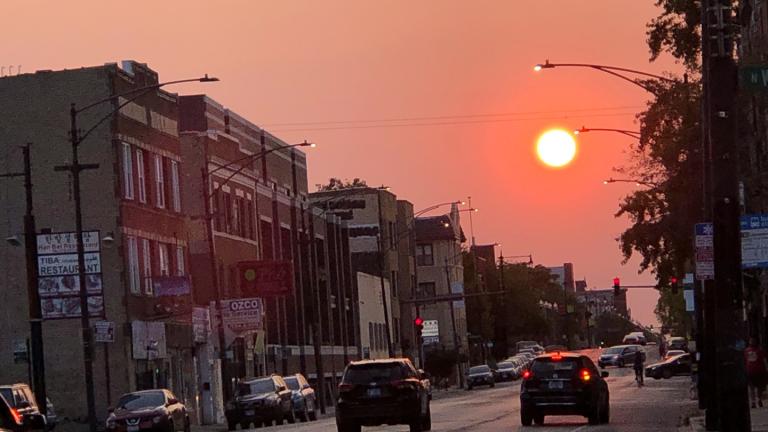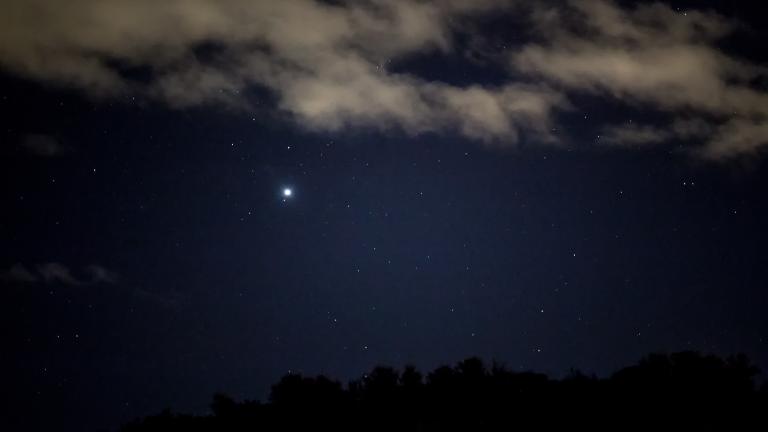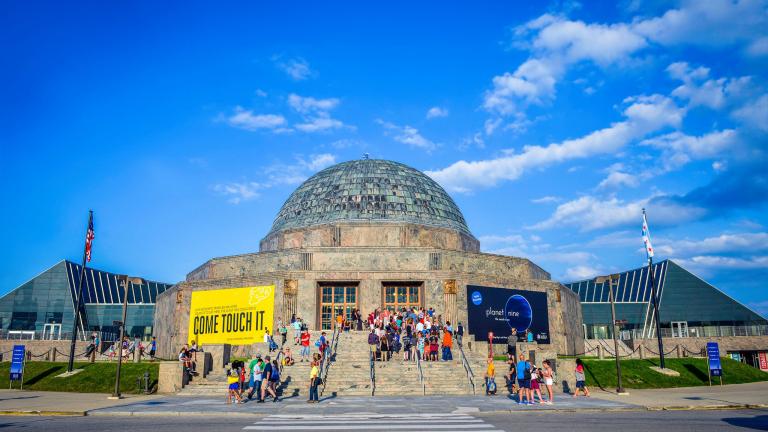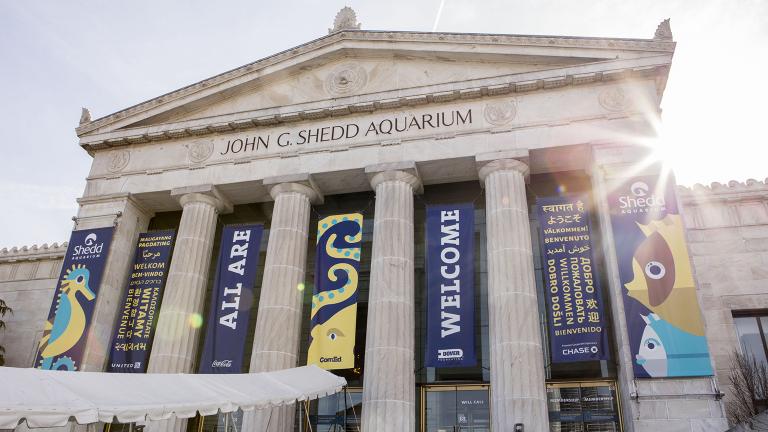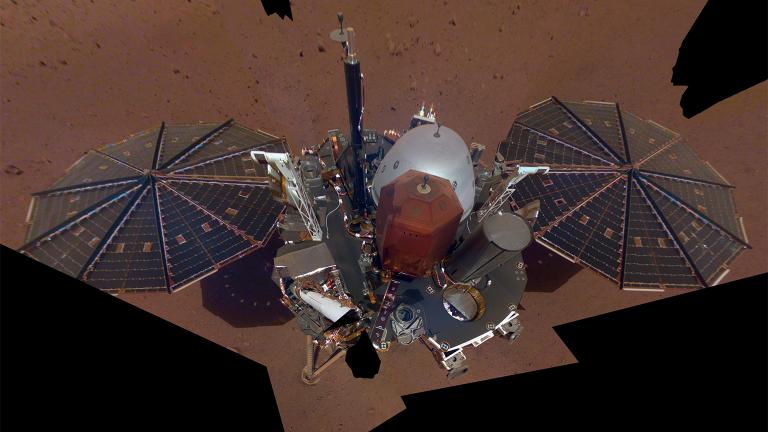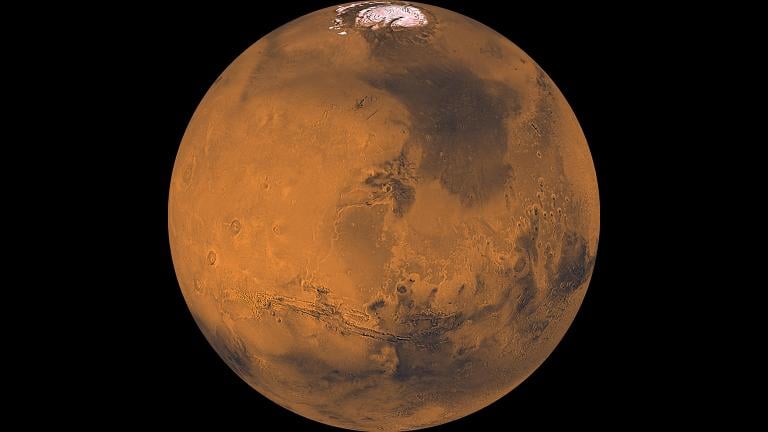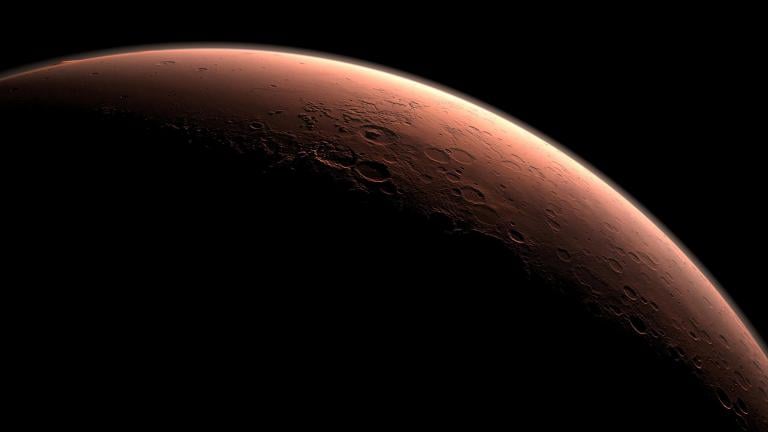For once, the weather cooperated in Chicago. Astronomers at the Adler Planetarium proclaimed: “What a stellar view!”
Adler Planetarium
If the skies are clear, Chicagoans will have an excellent chance of seeing the eclipse Friday morning, with the best hours for viewing the event being approximately 1:30-4:30 a.m.
Palos Preserves has been named an Urban Night Sky Place by the International Dark-Sky Association. The site emits nearly 1,000 times less light than downtown Chicago, with four times as many stars visible in the night sky than can be seen in the city.
A return to pre-pandemic business as usual is not yet in the stars for the Chicago cultural institution, though some screenings and public observing events will make an in-person comeback beginning July 3.
Chicagoans aren’t in the right place or time zone to see Wednesday’s lunar eclipse at its peak. Just when the show gets interesting, the moon will sink from view.
During the fall and spring equinoxes, the sun rises due east and sets due west, creating an effect dubbed Chicagohenge (in reference to Stonehenge), when sunset is strikingly framed by the city’s east-west streets.
Jupiter is preparing to pass Saturn, an event known as a great conjunction. On Dec. 21, the two planets will come closer to each other than they’ve been in nearly 400 years — and it will be visible to the naked eye.
During the fall equinox, the sun rises due east and sets due west, creating an effect dubbed “Chicagohenge” (in reference to Stonehenge), when the sunset is strikingly framed on east-west streets by the city’s skyscrapers.
Museums and aquariums can now reopen their doors — with restrictions — but few of them have, and at least one Chicago institution says it will remain closed until phase five of Illinois’ reopening plan.
July is a great month for planet watching. Jupiter, Saturn, Venus, Mars and Mercury will all make an appearance.
A day after celebrating its 90th birthday, the Adler Planetarium laid off 120 part-time and full-time employees. The “difficult decision” was made “in order to help the Adler survive,” spokesperson Jennifer Howell said in a statement to WTTW News.
In a world in which scientific literacy is often lacking, the online platform Zooniverse.org is doing what it can to encourage “people-powered research.”
A handful of museums and cultural institutions in and around Chicago are offering free admission to workers affected by the ongoing federal government shutdown.
From amazing new vistas of Mars to a little rover bouncing on a distant asteroid, an exploration of recent achievements in outer space with Adler Planetarium astronomer Lucianne Walkowicz.
For the next several days, the celestial event calendar includes some stellar highlights for observers in Chicago and around the globe.
Later this month, the red planet will be just 35.8 million miles away – the brightest and closest it’s been to Earth since 2003.

